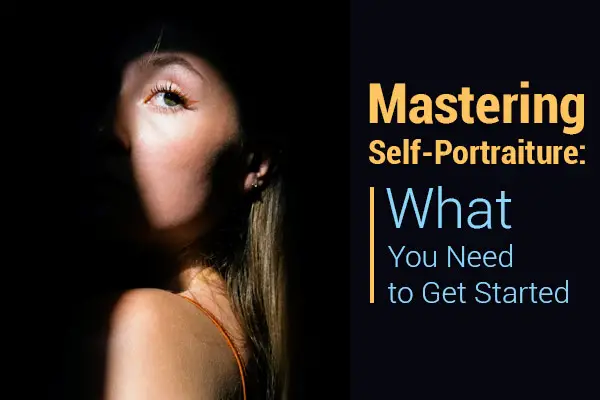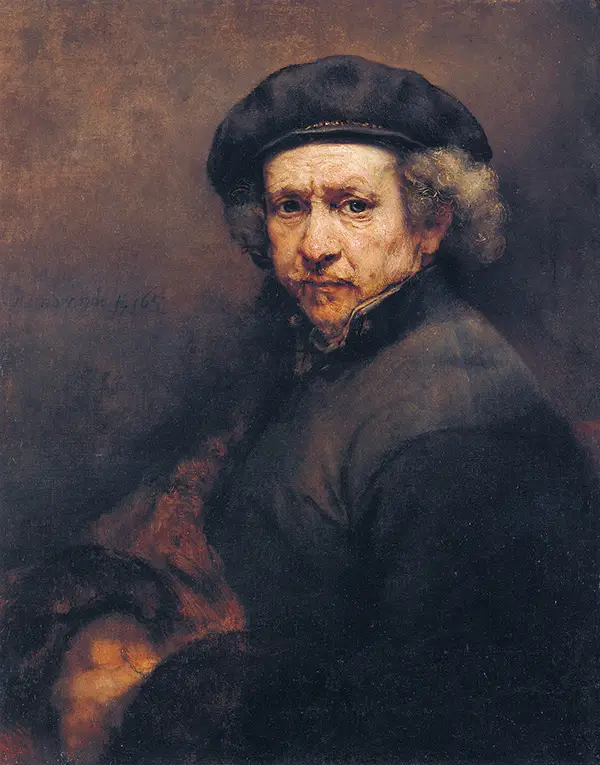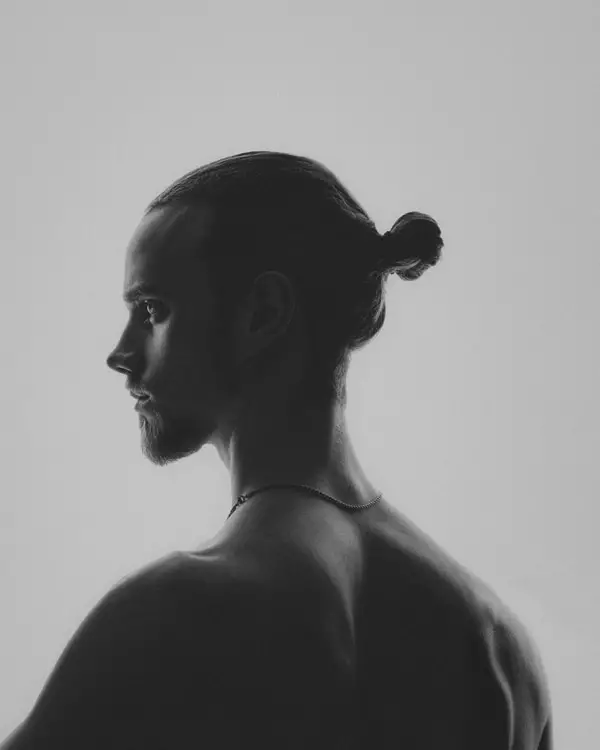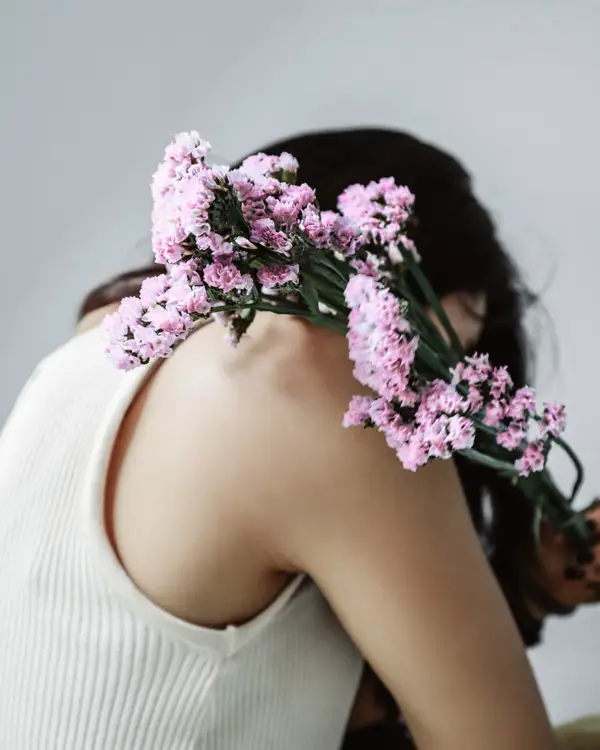With the rapid increase in the immediate smartphone-picture “selfie,” it’s hard not to start taking your own. Self-portraits are, after all, the new trend . They are almost always the default profile picture, and super convenient when you have nothing else to do .

For photographers, this poses another question: Should I take a professional self-portrait?
Have you ever thought what went through artists’ minds when they painted their own portraits? Lots of painters, photographers and image artists have used the self-portrait as practice, as a statement and as art itself.
Self-portraits are a great way to learn about light, to experiment with different methods and to explore your own creativity.
“If you cannot capture the essence of your own self, how are you to capture the essence of someone else?” — Bridgetbrow

Consider this: You don’t have models available, but want to learn about portraiture. What is the best way to learn? Model for yourself.
Or what if you have a great portrait idea that you want to shoot in a remote location, but all of your friends are busy? Bring your tripod.
In the self-portrait mode of photography, there is no outside photographer checking to see how the image looks. Because of this, mastering the art of of the self-portrait might be one of the hardest things there is.
But what makes the difference between just an ordinary “selfie” and an artist’s self-portrait?
The preparation and execution of your portrait make a big difference in the final result. The quality of your exposure, the good editing and even the posing all play a role.
Equipment
Camera? Check! A good portrait lens? Check!
Avoid using wide-angle lenses for close up portraits, as it might distort your image (unless that’s the look you are going for!).
As a last resort you, can use your phone, but make sure to use great lighting since most phones don’t handle poor lighting very well, which might result in a bad picture.
You will also need a tripod. This is, however, not an absolute must, but I will explain why it’s so important:
The tripod lets you angle different views and work at different heights. Yes, you can set your camera on a steady surface, but it won’t be the same. There are some really good (and cheap) tripods out there!
Also, some people like to use a remote shutter, which is a great idea! It’s convenient and it saves you time from running back and forth to the camera (even tough you might still do that to check the picture right away). The only problem with the remote shutter is that you have to hide it, so, if using the remote shutter, set a delay for the shutter so you can place it somewhere .
If you don’t use the remote shutter, use a timer setting in the camera, and HURRY!
Plan
Plan your self-portrait. You can go for a more creative idea or something more traditional at first.
Find inspiration and possible locations or settings; start in your home, even!
Think about what you will wear, if you will apply just a little make up and if you are going to use any props!

You don’t need a complicated setup. It can be as small as the background wall in the kitchen. However, check your background! Make sure there aren’t any undesirable items in the way.
Once you are comfortable with the camera handling in self-portraits, pack your gear and try a different setting!
Shoot
It sure sounds easy, doesn’t it? Shoot your portrait! You don’t need to be an expert, have manual mode on or have three different lighting setups around you. Just shoot. See what happens!
Shoot a frame and try again without checking on the camera. Make slight changes in your expressions and even where you position your hands.
Shoot again if it’s too dark. Change the settings, and try again!
Repeat
After you have checked your pictur, and are either completely satisfied or utterly depressed at the results, you might need to repeat the process. Many, many times!
Make adjustments to your scenario, change the camera settings (after all, it’s all about getting good at this!)
The good thing is that there is no model waiting for you . You can learn so much about portraits from your own face and poses that the time you are using on this is an actual investment.
You can also learn so much about your camera, and how focus works. It’s extremely useful to practice and repeat the process.
Variation
Use different angles and points of view, different crop factors and even looking away from the camera (or not showing your face at all).
The different changes you can make to your self-portraits will make your shots more interesting and unique. After you have tried standing in front of the camera, move around and do something else.
Self-portraits don’t always have to be of your entire body or face. Some portraits are focused only on the eyes, the hands or the movement caused by your hair.

Sometimes, a good accident might happen, and one of the frames you took captures only a part of your lower body and your dirty shoes. You don’t know why, but you love it! Use it and don’t be afraid to work with that one.
Different cropping and body placement can make for a different statement in your picture. Don’t be scared to try!
Edit
Once you have selected the “winner” picture, use editing tools to enhance your final image even more.
This is another experimental experience! Use different tools and approaches, and decide the mood your final portrait will have. This can be one of the most exciting phases as you decide what the final story is going to tell.
Some self-portrait artists like to include some photo-manipulation in the picture to achieve other results and communicate an even more complex idea. You can try that as well!
Keep Going
A great idea to keep going is to start a 365 project for the year or even a smaller one for the month or a topic of your choice. The possibilities are exciting! Go and start your own self-portrait and comeback to share your results with us!









This is an awesome article! Very inspirational! =)
Thank you Tia!